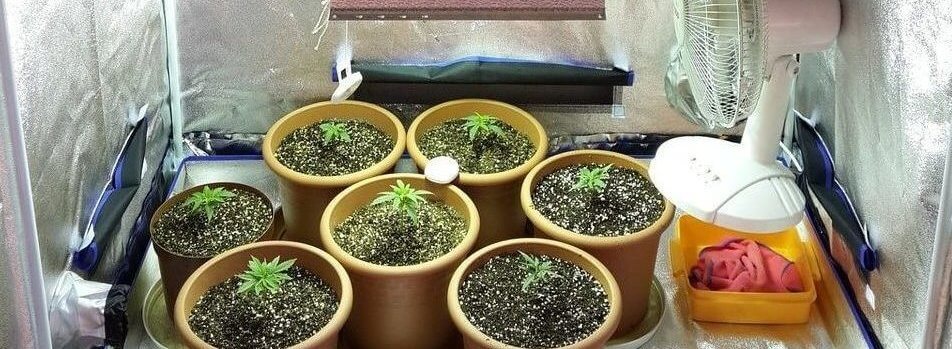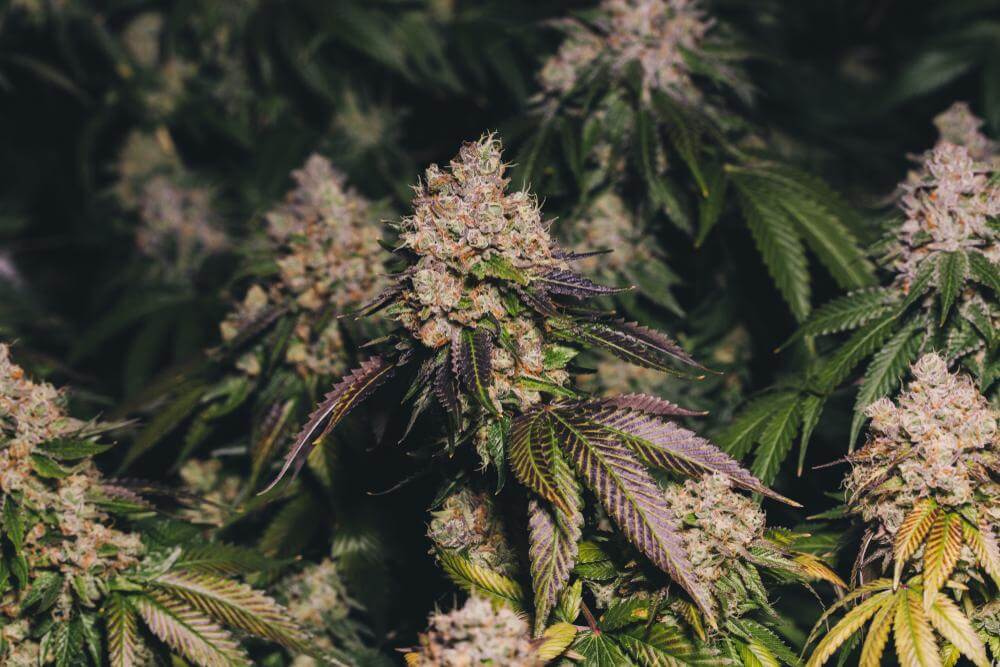Trichomes
Trichomes are sites for cannabinoids and terpenes. They are responsible for the psychoactive effects of marijuana as well as its taste and fragrance. Plenty of trichomes indicates healthy cannabis.
They look like tiny crystals but are really small hairs that are responding to environmental conditions, that is heat, light and humidity.
Trichomes on your plants will increase in number as a means of protecting them and help reduce evaporation from wind and heat. To encourage trichome growth some techniques recommend cutting or pruning plants to make them believe they are under some form of attack from pests. This causes the plant to increase trichome production using the resulting increase in smell and taste to ward off any form of attack.
If you are cultivating cannabis at home, we recommend you select a strain with high concentrations of trichomes, such as White Widow, G13, or OG Kush. Then, if you are using a cloning technique, select the best plants. This may not be a cost-effective option with plants grown from seeds as they are too expensive to simply discard. As each cannabis plant is unique, you are certain to find that some strains are better than others and will suit your individual taste.
Proper Lighting
An easy way to encourage trichomes is by using LED lights. LED’s offer a fuller spectrum of light and provide your plants with UVB rays which increase trichome production. Your plant considers this an attack and responds accordingly. You can easily increase trichome levels by 32% with this option.
Balancing Nutrients
Inadequate trichome concentrations may well indicate a nutrient deficiency. To avoid that, follow a nutrient schedule throughout growing but pay particular attention during flowering when your cannabis plants need phosphorus and potassium. This helps with the development of flowers and their oils.

Temperature & Humidity
If the temperature and humidity levels are not ideal in the final two weeks of flowering, your plants will not achieve their best results, and this could lead to a low-quality harvest.
Under the right conditions, your plants will continue to grow, and also have a better chance of increased trichome production.
To help your plants along, gradually reduce the temperature at night, you can go as low as 15°-16°C and at the same time keep the daytime temperature under 25°C. Humidity should stay at a relative 35%-40%.
Harvesting – The Perfect Time
We have a more detailed article on harvesting here and as that mentions it is more of an art than science! The most important advice is “Don’t Harvest Too Early” or all your growing efforts can be wasted. Having said that, the same applies to leaving it too late!
One way to make a good judgment is to watch how the trichomes are developing in the harvesting period. There are basically four stages and following these guides will determine the best stage to harvest that will meet your personal preferences:-
- Trichomes are clear and thin. That means they aren’t as potent as you would like – leading to ‘speedy’ effects, or worse, headaches. Don’t harvest at this stage.
- During this time, the trichomes begin to turn white and milky, increasing the levels of THC and psychoactive effects. If you’re growing marijuana for the mental effect, now is the time to harvest.
- A color change from white to amber/yellow indicates that the THC is starting to convert to a different cannabinoid. Deal for full-body relaxation
- Wait until just before the buds start to wither and die if you want your smokable harvest to help with sleep. While most people prefer to harvest at stage 3, waiting can produce interesting effects for those seeking a truly psychedelic effect.

Well, that rounds up this article about trichomes and we hope you will find it useful. If you are new to growing we hope this will help you understand a bit more about the benefits and how you can use the changes in color to determine the best time for you to harvest.
Happy Growing!
Don’t forget you can leave comments about this article below






